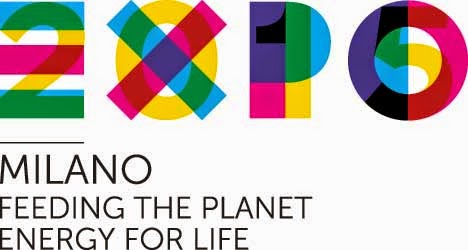There are five variations on the theme:
1. Pavilion Zero where the history of humankind is shown via its relationship with food.
2. Future food district with explanations on how technology will change food distribution, storage, purchase and consumption.
3. Biodiversity park, a garden in which a number of ecosystems are reproduced.
4. At the Triennale museum an Arts and Foods expo will be hosted that will explore the relationship of food and art through the centuries.
5. Children's park
%2Biitaly%2Borg.jpg) |
| Plan of the exposition area, source : www.iitaly.org |
The expo wants to confront issues of agriculture and sustainable development. The keywords are innovation, energy conservation, environmental protection and natural resources. Another outstanding feature is the Charter of Milan which will be a cultural legacy of the exposition. The Italian government insisted upon the creation of this charter addressing four major issues:
 |
| Detailed map of the expo area, click to enlarge |
2. Which of the different types of existing agriculture are able to produce sufficient quantities of healthy food without damaging water resources and biodiversity?
3. What are the best practices and technologies to reduce inequalities within cities, where the majority of the human population is concentrated?
4. How can we think about food not onlyas a source of nutrition, but also as something that provides socio-cultura identity?
Pavilions
This section will showcase different country pavilions throughout the duration of the exposition.




No comments:
Post a Comment